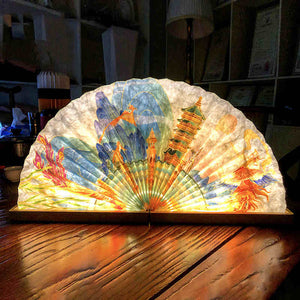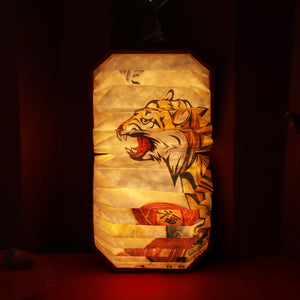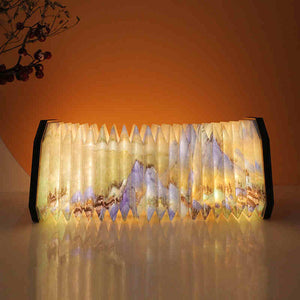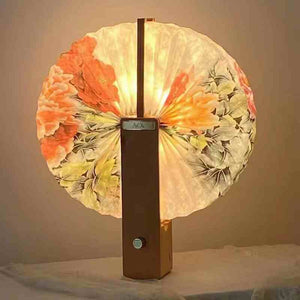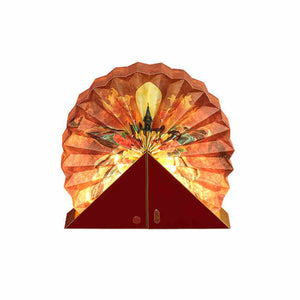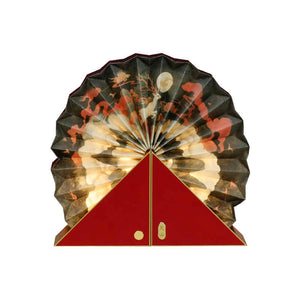Introduction
The Eve of the Spring Festival, commonly known as "Chu Xi" in Chinese, is one of the most important and cherished moments in Chinese culture. It marks the final day of the lunar year and is a time of family reunions, traditional customs, and preparations for the New Year. This special night is filled with joy, hope, and a deep sense of connection to one's roots. The customs and traditions associated with the Eve of the Spring Festival have been passed down through generations, making it a vital part of Chinese cultural identity.
The Origins and Legends of the Eve of the Spring Festival
The origins of the Eve of the Spring Festival can be traced back to ancient China, where the lunar calendar was used to mark the passage of time. The word "Chu Xi" literally means "the removal of the old year," symbolizing the transition from the old to the new. One of the most famous legends associated with the Eve of the Spring Festival is the story of the mythical beast "Nian."
According to the legend, the beast Nian would come out on the last day of the lunar year to prey on humans and livestock. To protect themselves, people would light firecrackers, hang red lanterns, and paste red couplets on their doors, as the color red was believed to scare away the beast. Over time, these practices evolved into the many customs and traditions associated with the Eve of the Spring Festival today.
Key Customs and Traditions
-
Family Reunion Dinner
The centerpiece of the Eve of the Spring Festival is the family reunion dinner. No matter where they live, people travel long distances to be with their loved ones. The reunion dinner is a lavish feast that often includes dishes such as dumplings, fish, spring rolls, and other symbolic foods. Each dish carries a specific meaning, such as prosperity, good fortune, and longevity. The dinner is a time for families to come together, share stories, and strengthen their bonds.

-
Staying Up Late (Shousui)
Another important tradition on the Eve of the Spring Festival is staying up late, known as "Shousui." Families stay awake through the night to welcome the New Year and to ward off evil spirits. This tradition is believed to bring good health and longevity to the elderly. Many families gather around the television to watch the Spring Festival Gala, a special variety show broadcasted annually on New Year's Eve.
-
Red Envelopes (Hongbao)
Giving red envelopes filled with money is a popular custom during the Eve of the Spring Festival. These red envelopes are usually given by elders to younger generations as a symbol of good luck and prosperity. The color red is believed to ward off evil spirits and bring good fortune, making the red envelope a cherished gift during the festival.
-
Setting Off Fireworks and Firecrackers
Fireworks and firecrackers are an integral part of the Eve of the Spring Festival. The loud noises are believed to scare away evil spirits and bring good luck for the coming year. In many cities, there are large-scale fireworks displays that light up the night sky, creating a festive and joyful atmosphere. The tradition of setting off firecrackers dates back thousands of years and continues to be an important part of the celebration.
Modern Celebrations
In modern times, the Eve of the Spring Festival has evolved to include new elements while preserving its traditional roots. Many families still follow the traditional customs of having a reunion dinner, staying up late, and giving red envelopes. However, the festival has also become a time for cultural exchange and community activities. In major cities, there are often large-scale lantern festivals, cultural performances, and family-friendly activities that attract both locals and tourists. Additionally, with the rise of technology, people now send digital greetings and share photos of their celebrations on social media platforms.
Conclusion
The Eve of the Spring Festival is more than just a holiday; it is a celebration of family, tradition, and cultural heritage. It is a time when people come together to honor their roots, express their hopes for the future, and strengthen their bonds with one another. As the festival continues to evolve, it remains a vital and cherished part of Chinese culture, inspiring people around the world with its beauty, warmth, and depth.




